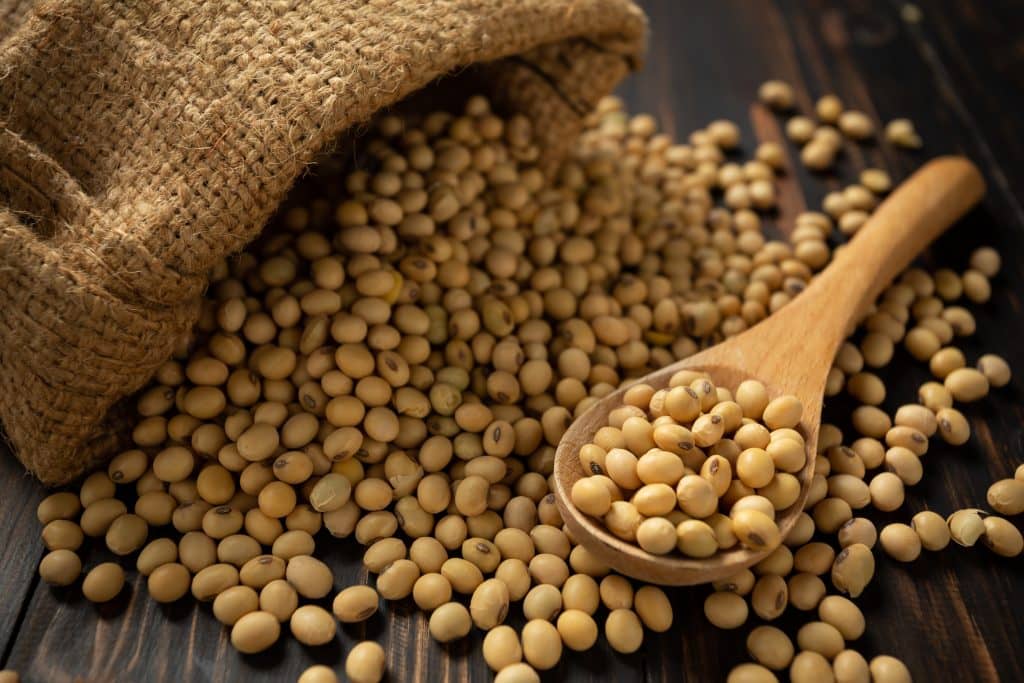The soybean trading pace with the 2021/22 and 2022/23 crops improved in October and the first days of November compared to the previous period but remained below the five-year average for both the physical and new crops. The delays are more relevant in the case of new crop volumes, where the current pace is around 14% behind the average.
Again, the good liquidity of growers led to a low need to close new business with both seasons. Regarding the physical crop, growers speculate with the latest volumes to be traded, hoping for a more favorable combination of the exchange rate with Chicago futures. Prices showed some reaction in recent weeks, which helped sales.
Regarding the new crop, growers remain withdrawn in view of the lower prices of trades with the physical crop. This fact stems mainly from weaker export premiums for 2023, which today reflect the trend of a new record crop entering the country from January/February.
According to a survey carried out by SAFRAS & Mercado, with data collected up to November 4, 89.2% of Brazil’s 2021/22 soybean crop were sold, with an increase of only 3.1% over the previous month (86.1%). The current percentage is equivalent to approximately 112.239 mln tons traded, from an estimated output of 125.880 mln tons. In the same period last year, the index was 92.0%, while the five-year average for the period is 94.0%.
For the new Brazilian soybean crop (2022/23), the percentage sold reaches 20.6% of the production estimated by the SAFRAS & Mercado planting intention survey, with an increase of 1.8% compared to the previous month (18.8%). The current percentage is equivalent to approximately 31.206 mln tons traded, out of a potential crop initially estimated at 151.497 mln tons. In the same period last year, the percentage was 30.6%, while the five-year average for the period is 34.2%.

